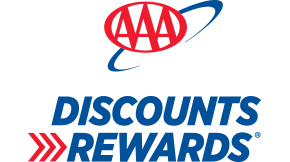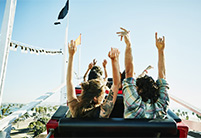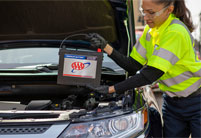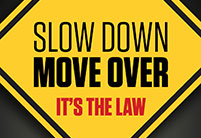Keeping kids secure in the car
Keeping kids secure in the car
Choosing, installing, and updating car seats is critical

Is your child safe in the car?
In the event of a car crash, children who are not properly secured in their car seats have a higher risk of severe injury, and crashes remain one of the leading causes of death for children ages 1-12.
According to the National Highway Traffic Safety Administration (NHTSA), 46% of car seats are installed incorrectly. Through community outreach, traffic safety education, and resources, AAA is helping parents and caregivers ensure that children are traveling as safely as possible.
Choose the right seat
- Rear-facing seats: Use until at least age 2 or until your child reaches the height or weight limit specified by the car seat manufacturer.
- Forward-facing seats: Transition when your child outgrows their rear-facing seat, using a harness system up to the seat's limits (often 65-85 pounds).
- Booster seats: Use until the vehicle seat belt fits properly, usually between ages 8 and 12 or when your child is at least 4 feet, 9 inches tall.
Installation
- Always follow the car seat manual and your vehicle's owner's manual.
- Check for a snug fit. The seat should not move more than 1 inch side to side or front to back.
- Use lower anchors or a seat belt to secure the car seat but not simultaneously, unless the car seat manual instructs you to do so.
- As an extra precaution, have a certified car seat safety technician inspect your car seat. Visit nhtsa.gov and search "car seats." Use the Car Seat Inspection locator to find an inspection near you.
Position harness properly
- Harness straps should be at or below shoulder level for rear-facing seats and at or above for forward-facing seats.
- The chest clip should rest at armpit level.
Rear-face as long as possible
- Rear-facing provides the best protection for your child's head, neck, and spine.
Avoid common mistakes
- Never place a rear-facing seat in front of an active airbag.
- Ensure head restraints are present when using no-back boosters.
- Use booster seats with both a lap and shoulder belt.
AAA is committed to everyone’s safety on the road. Learn about the services and resources, including driver training, that AAA offers to keep drivers, passengers, and pedestrians safe.










